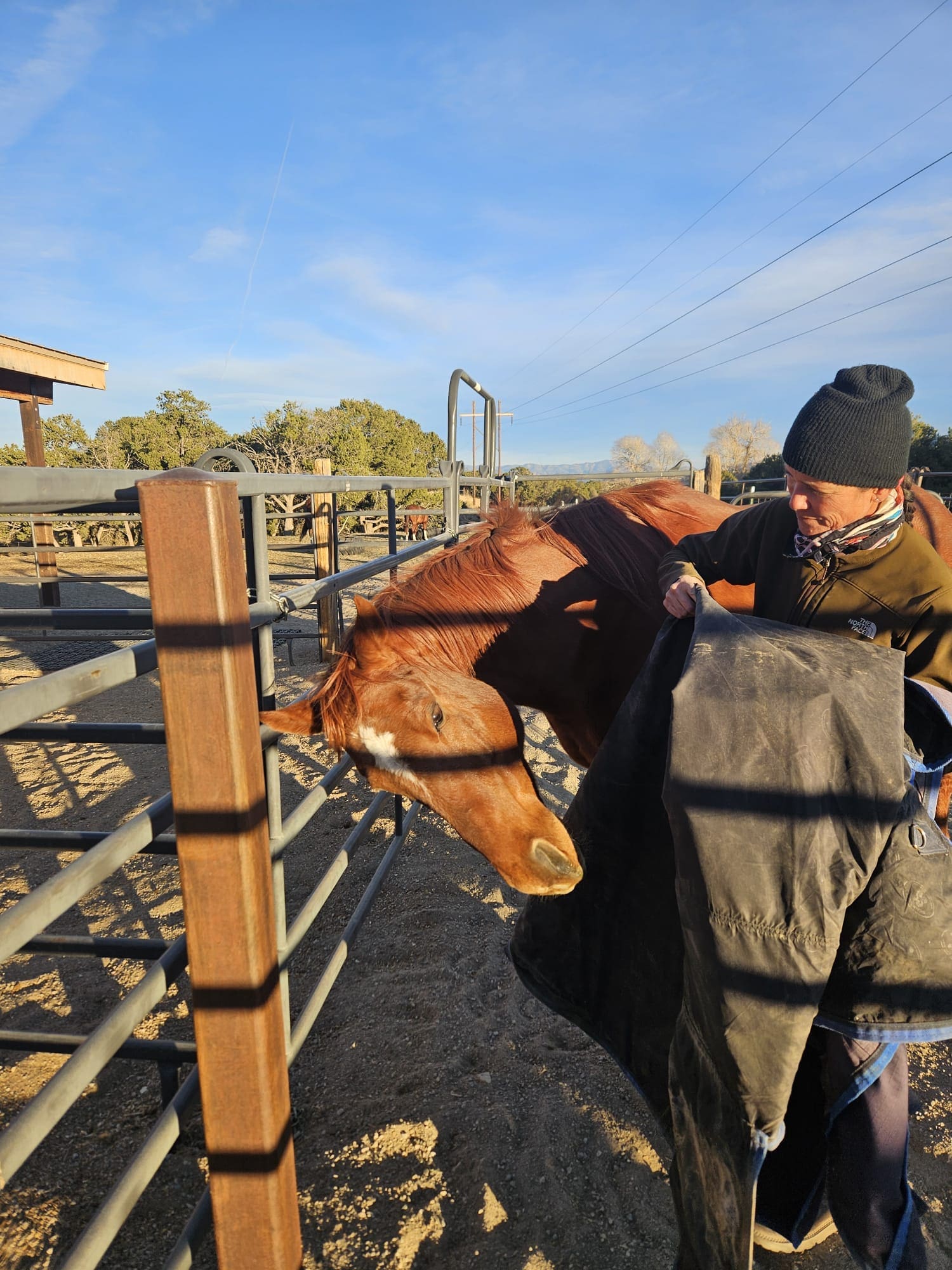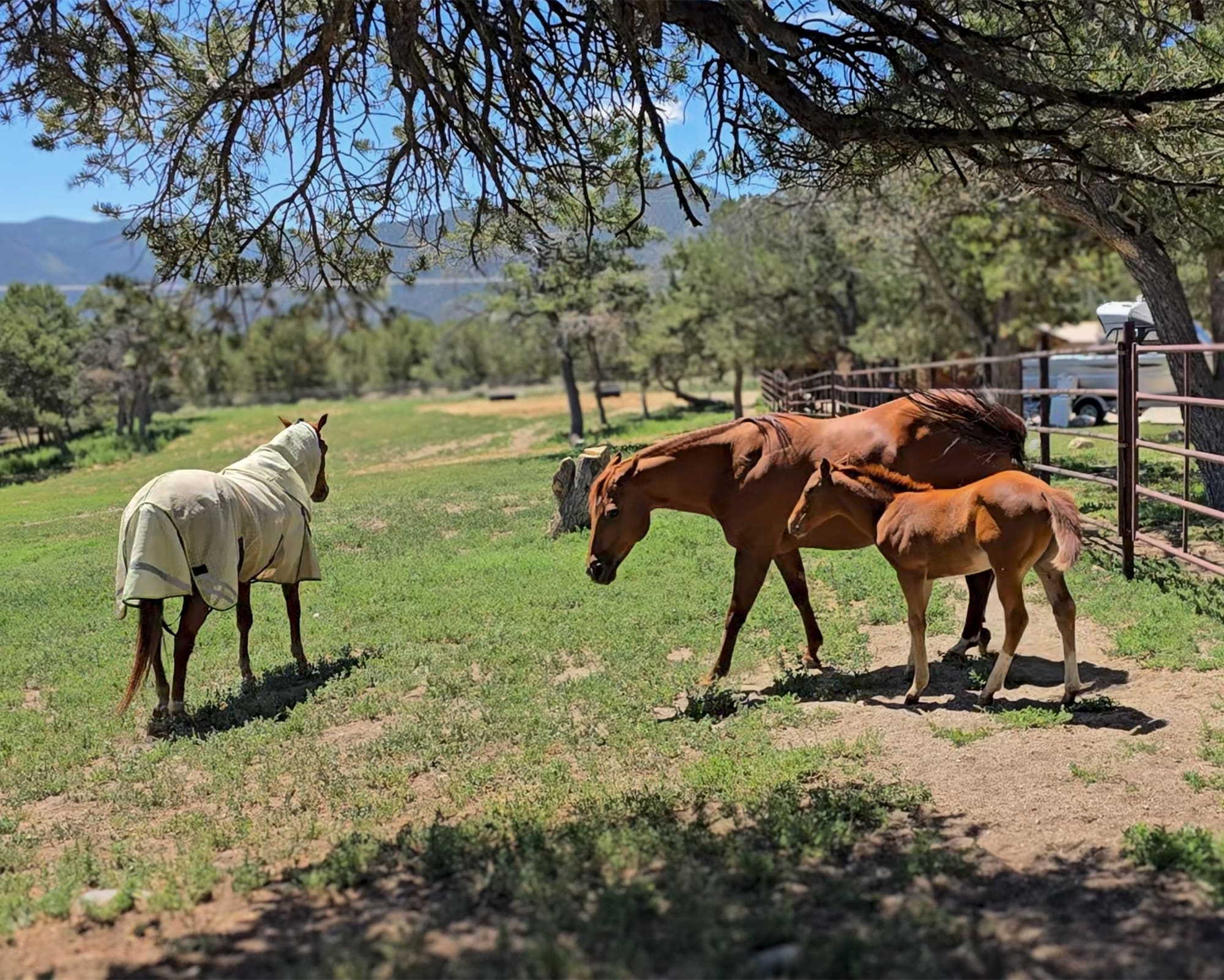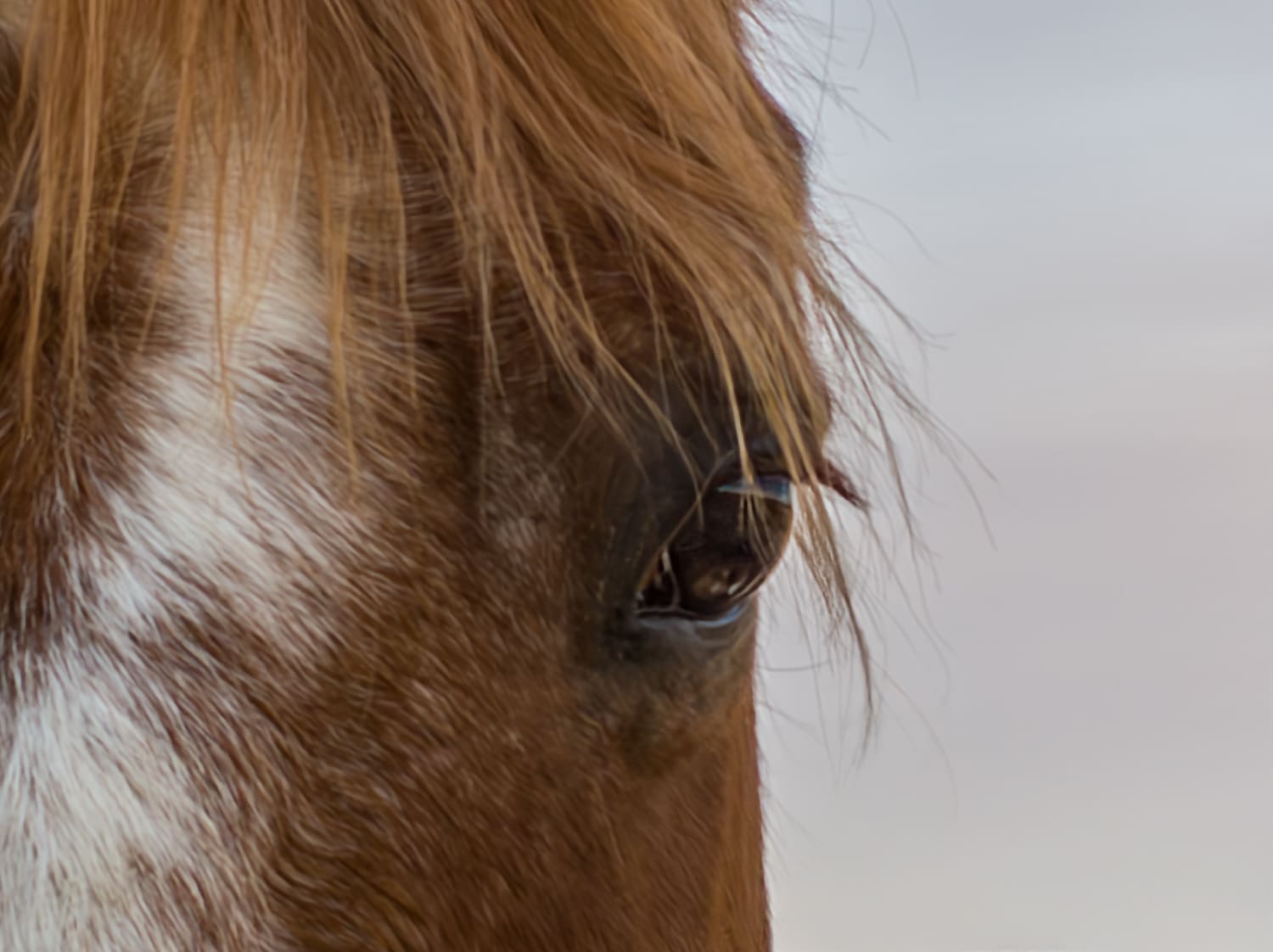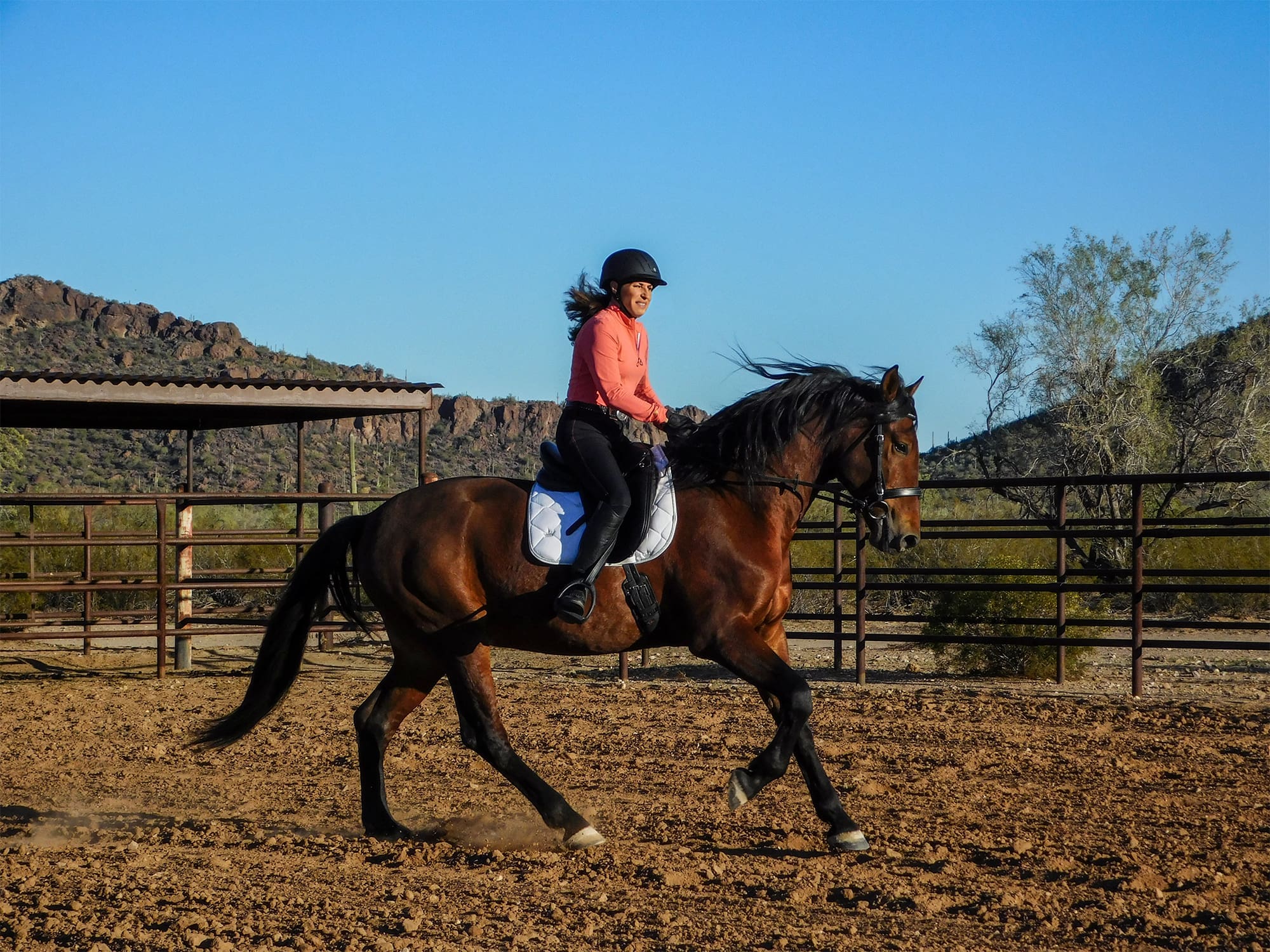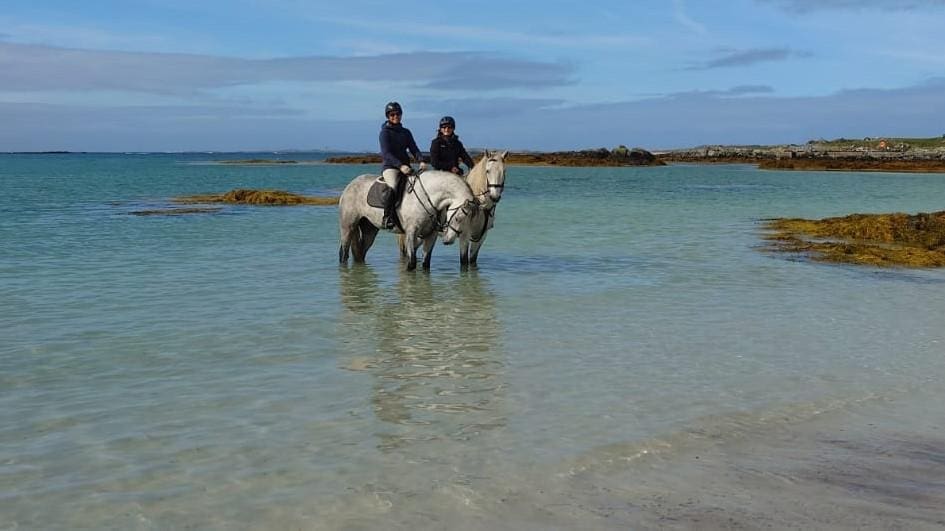
After two weeks of clinics and tours, I arrived home from Ireland to the peak of fall weather here in the Rocky Mountains. One day I was riding horses on the Wild Atlantic Coast of County Galway in the Connemara region of Ireland. A few short days later, I was enjoying “Horses & Happy Hour” in the mountain meadow of the C Lazy U Ranch at sunset—along with 50 people and 200 horses.
It felt good to be in the mountains—with sunny days, crisp evenings, and the looming snow-capped peaks—but after being on the road for 26 days and teaching four clinics in a row at my riding retreats (with a sum total of 104 riders and around 80 horses), I was ready for a nap! Yes, it’s a lot of work, but I fully admit, my “vacation clinics” are more about fun and adventure than work.
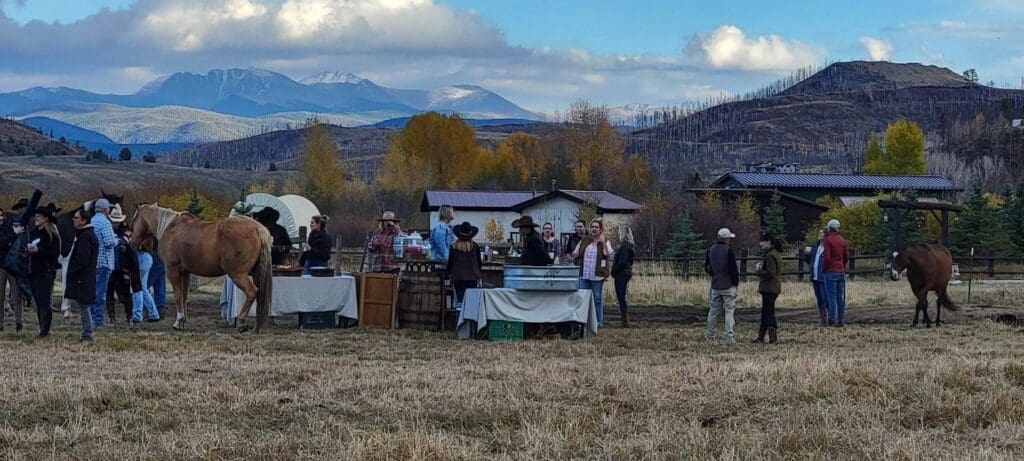
Stepping back into my own saddle, on my own horse, who I know inside and out, was a good feeling—kind of like sleeping in my own bed. Annie gets exercise daily in my absence, and she’s highly trained, so four weeks without riding is nothing to her.
As a professional rider, I am used to riding many different horses—more than a hundred in a good year! However, I know that riding an unfamiliar horse (or a horse that hasn’t been ridden in a while) can be scary or intimidating to many of you, and I get frequent questions about this from students in my online coaching program.
When it comes to riding an unfamiliar horse, remember that the first impressions are critical—and this is true for everyone. That’s why I talk about the “Golden Moments” in every single clinic that I teach.
In the first 5-10 minutes of your ride, it’s important to establish your leadership and expectations of the horse, and to ride proactively. Take the bull by the horns, so to speak. I want the horse to immediately know that I will make all the decisions about where we go and how fast we get there.
If your known horse has not been ridden for some time, it is probably less of an ordeal for the horse than it is for you. If no one has ridden the horse, it should be just as it was when you last rode—even if that was months ago. Maybe it will be a little rusty on the cues, maybe it will have a little extra energy if it’s a younger horse, but its training will remain intact.
Obviously, the more training and positive experience the horse had previously, the more easily it pops back into working shape. A very green horse will still be very green, and if its experience was quite limited, you may be starting over after a substantial time lapse.
For a seasoned, well-trained horse, time off doesn’t change much. Horses don’t unlearn or become untrained, but if during the lapse of riding, the horse was handled and/or ridden by others, things may well have changed—for better or for worse.
I’ll be riding some more unfamiliar horses before this year ends. I’ve still got two more trips this year. I’ll be making a keynote mounted presentation on lead changes at the CHA Conference in Murfreesboro, TN, and I’m hoping my friend and colleague Ken Najorka will lend me one of his fancy reiners. Then at the end of the month, I have my final clinic for the year, Horsemanship Immersion, at the C Lazy U Ranch, where I’ll work with quite a few young horses.
We’re already busy planning for 2023! Maybe you should think about a vacation clinic for yourself! You can always find my most updated public event schedule here.


